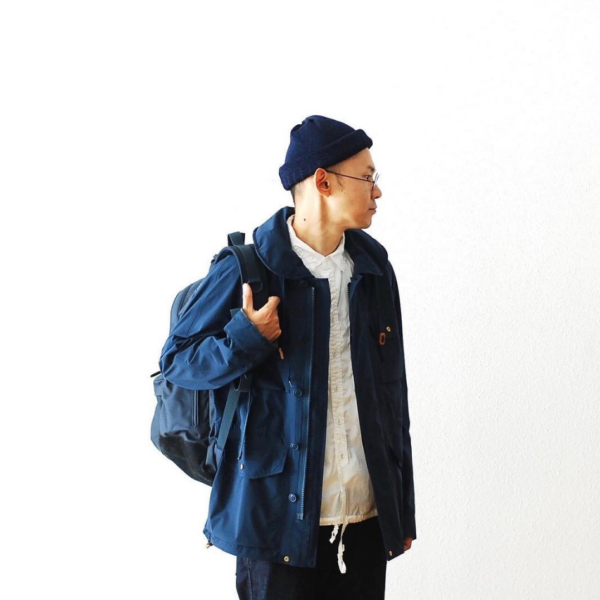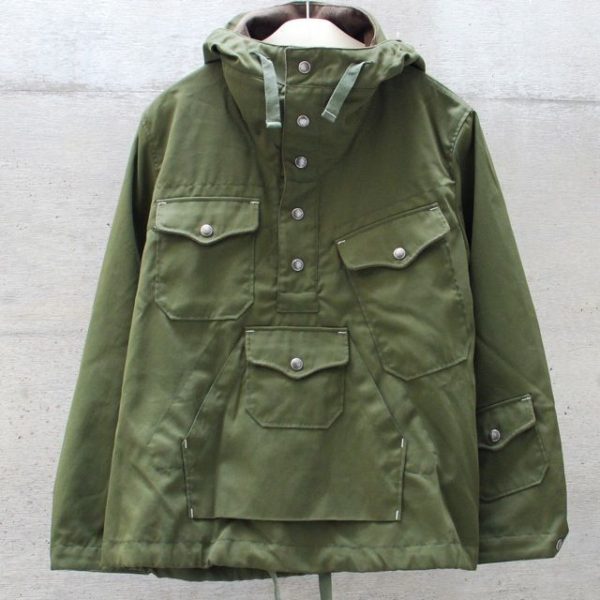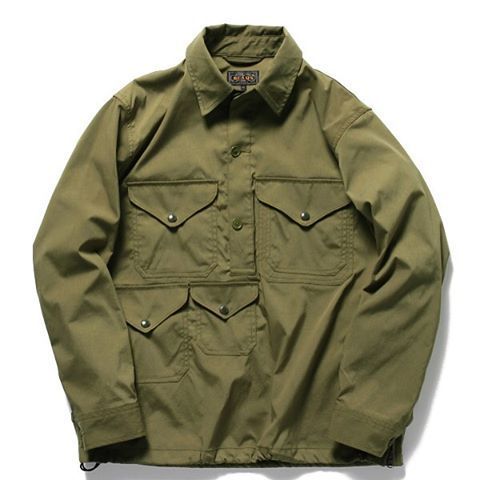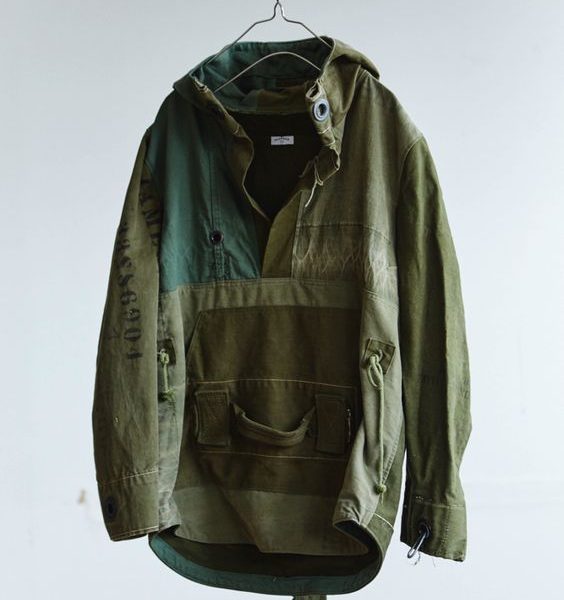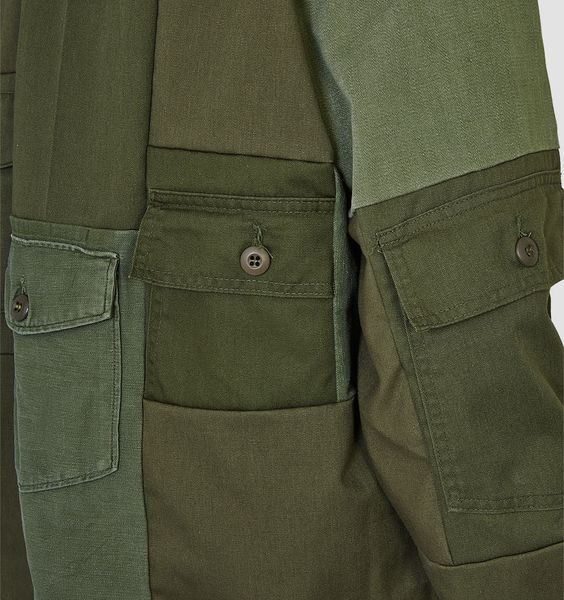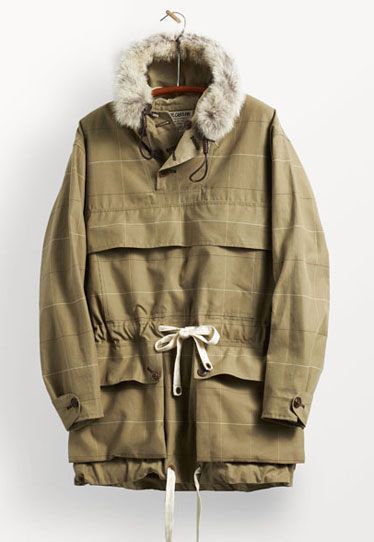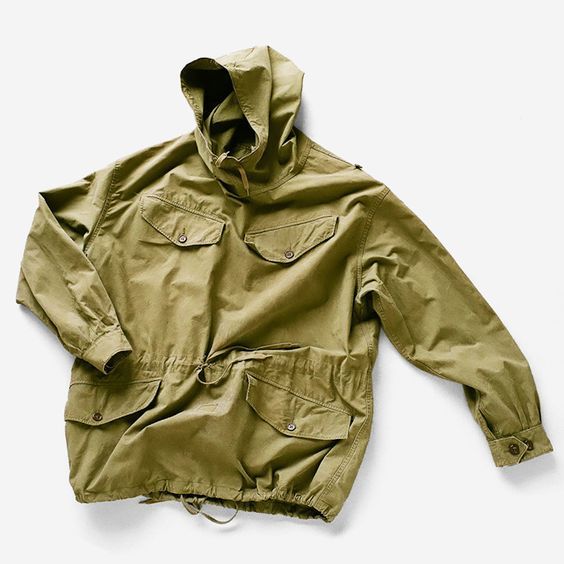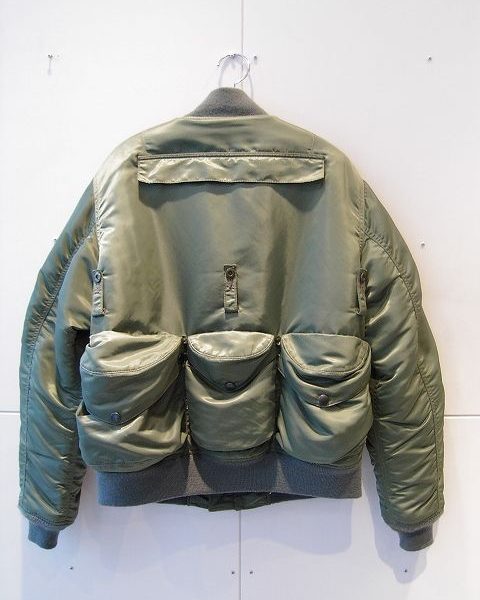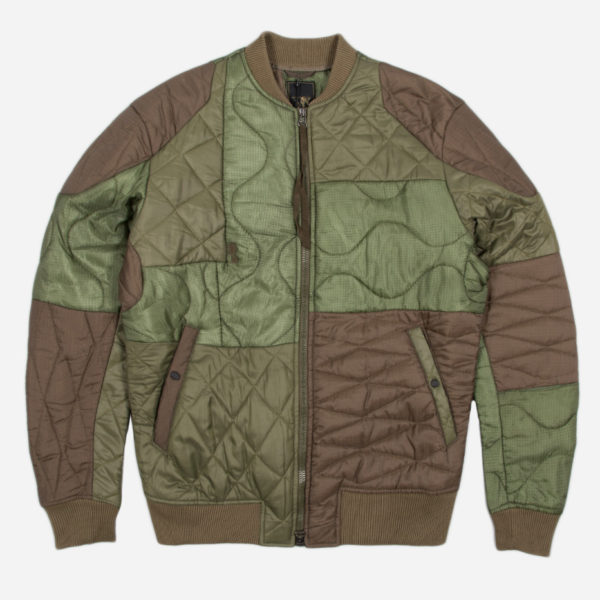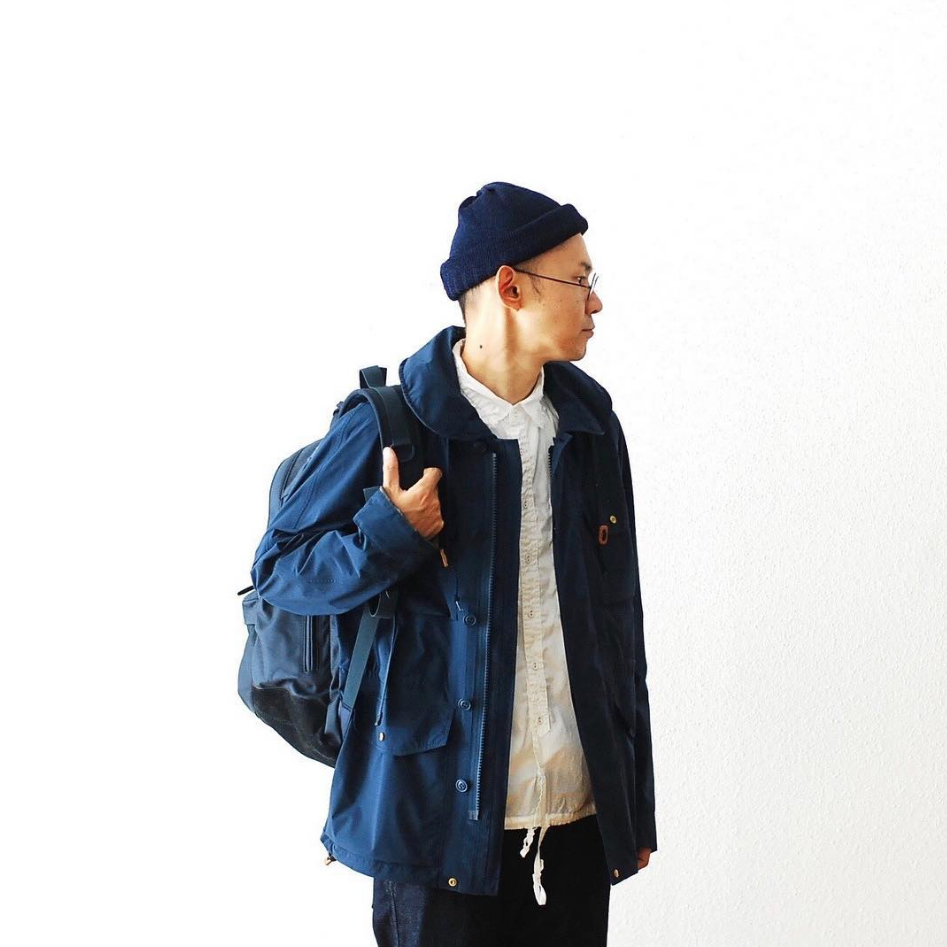
Every once in a while, we’ll get an email from a reader asking if we have suggestions on how to build a more casual wardrobe. The easiest solution is to shop at places such as Ralph Lauren and J. Crew, where old, American classics have been turned into mainstream stapes. Flat front chinos, oxford cloth button downs, and 60/ 40 parkas used to define a kind of Ivy Style look, but today they’re just considered “clothes.”
At the same time, that sort of easy plug-and-play means you’ll come out looking a bit generic. There’s nothing wrong with that, but if you have a strong interest in style, it may not feel satisfying.
If you find yourself in that position, workwear can be a great starting point for building a casual wardrobe. The sort of rugged clothing that drew many men into upgrading their clothes ten years ago can still be great today. Unlike suits, it fits in well with people’s casual lifestyles, which means it won’t draw unwanted attention; it has some heritage to it, so it’s reasonably good at weathering trends; and it’s tremendously easy to throw on in the morning (no ironing or pulling things out of dry cleaning bags, workwear looks better with fades, stains, and wrinkles).
Nobody needs a guide on how to put together the workwear look that defined menswear through the early aughts. Just get a buffalo plaid shirt, something in waxed cotton, and a pair of Red Wings or Alden Indy boots. If you want to build on the look today, however, there are a ton of interesting options. Just see some of the examples above on the contemporary riffs on military parkas alone – many of these can be great additions to a casual wardrobe if you want a look that rides the line between classic and contemporary, easily wearable and interesting. Some suggestions on how to build a more interesting workwear wardrobe:

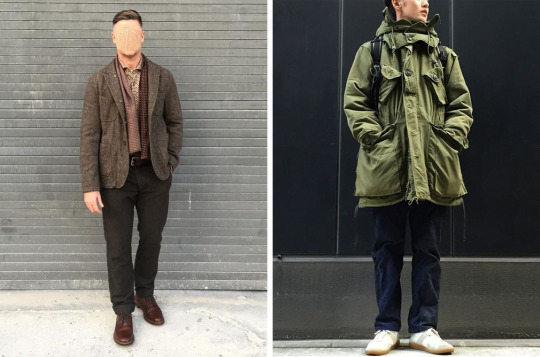

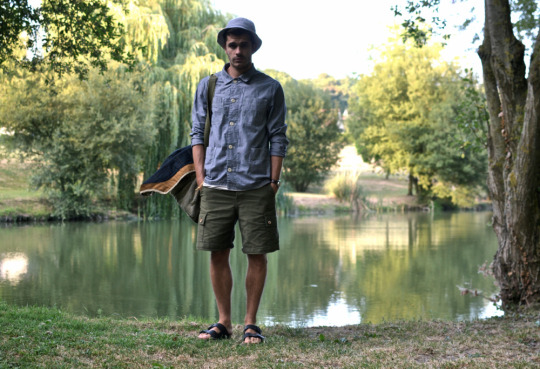
It’s Not All Urban Lumberjacks : Workwear doesn’t mean you have to come out looking like an early 20th-century farmer. Kyle above wears his quilted, burgundy ts(s) jacket with dark jeans and French walking shoes (a style known as Tyrolean) in a way that feels very modern. Mike and designer Evan Kinori show how you can play with low-contrast, tonal ensembles (the key is to get your contrast from fabrics, not colors). And Boris shows how workwear can even work in the summer months with shorts and Birkenstocks.
I find the easiest starting point is to just get more interesting outerwear. Brands such as Engineered Garments, for example, will often rework classic military and hunting garments by adding extra pockets and changing the fit. Something like that can be easily worn with your regular raw denim jeans and hefty boots, but in a way that feels more stylish than your basic leather bombers. See Gerry, Brian, and our own Pete for examples.
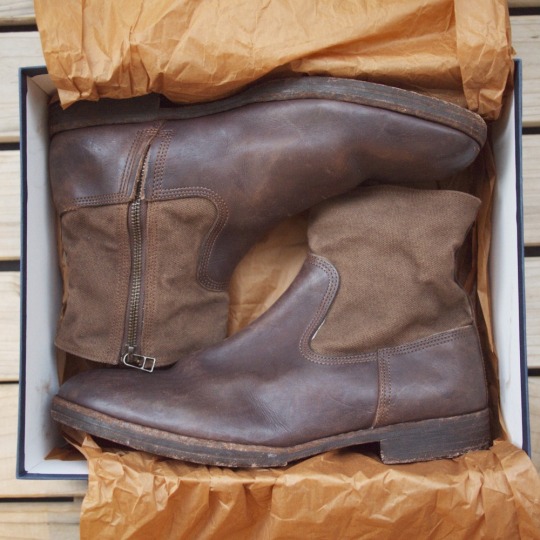
Ignore the Classics: We’re big fan of classics here at Put This On, but sometimes guys can lean a little too hard on whatever they think will make their wardrobe the most timeless and versatile. Instead going through a checklist of menswear essentials – the perfect peacoat, the classic M-65 jacket, and the service boots that’ll go with anything – buy things that excite you. I reach for my overdyed Kapital side-zip boots more often these days than standard-issue Red Wings. Many of these more offbeat styles can still weather trends by virtue of them being too weird for high-street stores (which is usually where a look goes to die). Be willing to take risks and experiment. With all the online options these days for reselling your clothes, you have some insurance against missteps anyway.

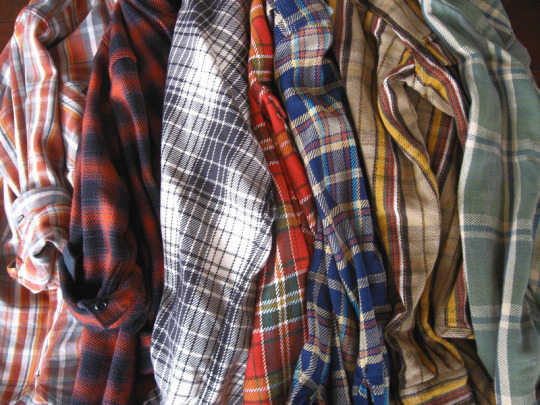
Save on Classics: OK, there are some things that are genuinely useful across the board. No matter their stripe, most workwear wardrobes can benefit from a washed chambray shirt, some plaid flannels, a pair of good jeans, and a sturdy sweatshirt. If you’re looking to save money, however, cut back on the classics. The retail landscape is littered with options here, so unless you’re splurging on a unique Aloha shirt from Kapital, the difference between a flannel from Wallace & Barnes and some uber-high-end Japanese brand will be marginal.
The one classic item worth getting right: jeans. You don’t have to spend $300 for a pair, but you’ll want to upgrade from mass-market options (good denim just ages better than what you’ll find at The Gap). Try the raw denim offerings at Gustin, Unbranded, and Uniqlo if you’re on a budget. If you have more to spend, 3sixteen’s SL-100x is a personal favorite around the $200 price point. It’s a slim-straight cut with a decent rise that’ll leave you covered, even when sitting down.
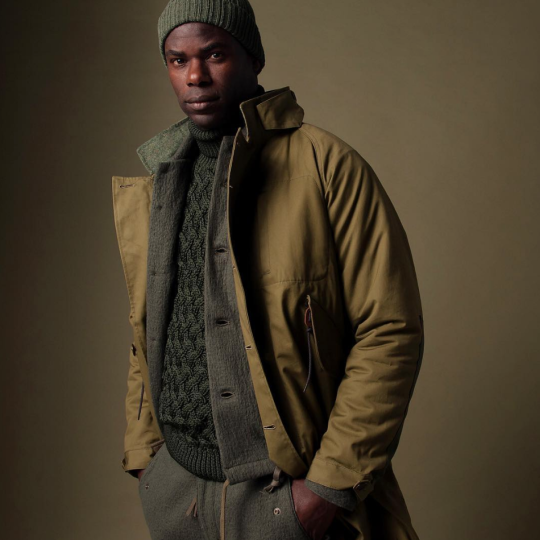
Follow Certain Brands and Stores: A lot of this is about just training your eye and finding what works for you. And the best starting point here is to follow certain stores, many of which will all have their own point-of-view. If you find a brand you like, Google their lookbooks to get an idea of how things can be worn (note, they’ll often be a bit over the top for the sake of artistic inspiration, but you can always tone down things in real life).
Some of our favorite stores include Unionmade, The Bureau Belfast, Frans Boone, Kafka, Cultizm, Stag Provisions, End, and Mr. Porter. Their extensive brand list means you can find almost anything there. For denim and the sort of things you’d wear with denim, we like Self Edge, Standard & Strange, Pancho & Lefty, BlackBlue, Dutil, Tate & Yoko, Imogene & Willie, and Blue in Green. Alpha Shadows sells terrific retro-inspired outdoor gear, especially from hard-to-find Asian brands (Namu in Texas also carries Eastlogue, a great Korean workwear label). And while they’re not really a workwear store, No Man Walks Alone carries great, hard-to-find Japanese companies, such as Kaptain Sunshine and, coming this season, Fujito. For something that borders on contemporary streetwear, check Haven and Union.
There are also a ton of smaller boutiques that focus on a sort of neo-heritage look. See Superdenim, Independence, Indigo & Cotton, Jack Straw, Up There Store, American Trench, Ball & Buck, Blue Button Shop, Context Clothing, Best Made, Supply & Advise, Tanner Goods, The Hill Side, and 14oz. Lastly, don’t forget about some of your favorite brands’ own online stores. There’s rarely a season where I don’t want something from RRL.
Again, use these shops and the brands they carry to train your eye. Unlike with tailored clothing, dress here is more governed by feelings than rules – you just have to explore and find your own inspiration.
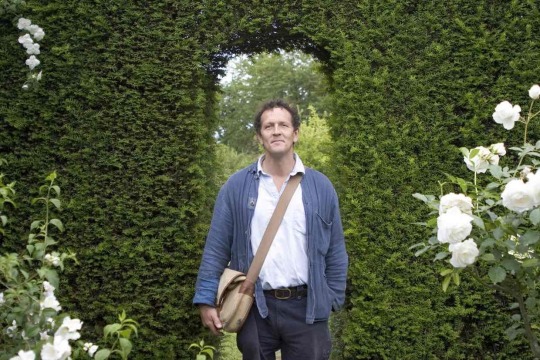
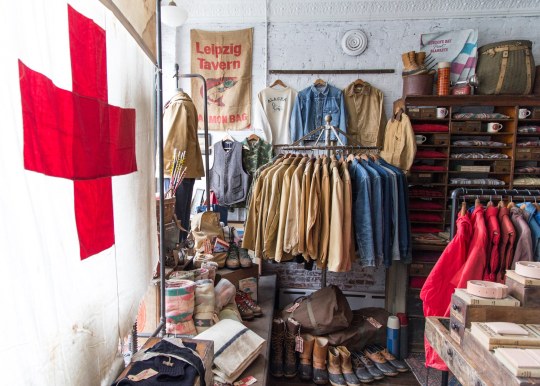
Incorporate Vintage: Buying vintage isn’t just a great way to save money – many of today’s pieces are often just riffs off a vintage find, but marked up to designer prices – it’s a good way to improve an outfit. You don’t have to go full vintage, but wearing something hauled out of the back of a thrift store can be a nice way to incorporate that kind of patina and honest wear that makes these ensembles so appealing. And, if you’re a cubicle farmer like me, that sort of wear can be tough to achieve on your own.
We have tons of guides on how to thrift both locally and online. Wooden Sleepers also sells some great things through their Instagram account. And of course, our own shop specializes in vintage goods.
If you’re looking to get your first vintage piece, consider French chore coats, military field jackets, denim truckers, OG-107 green fatigues, thick belts, and jewelry. On hot days, when your outfit is a simple overshirt layered over a tee, a necklace with some vintage pendants, a Navajo cuff bracelet, and a silver ring can make all the difference. (Self Edge is also great for jewelry, if you want something new).
